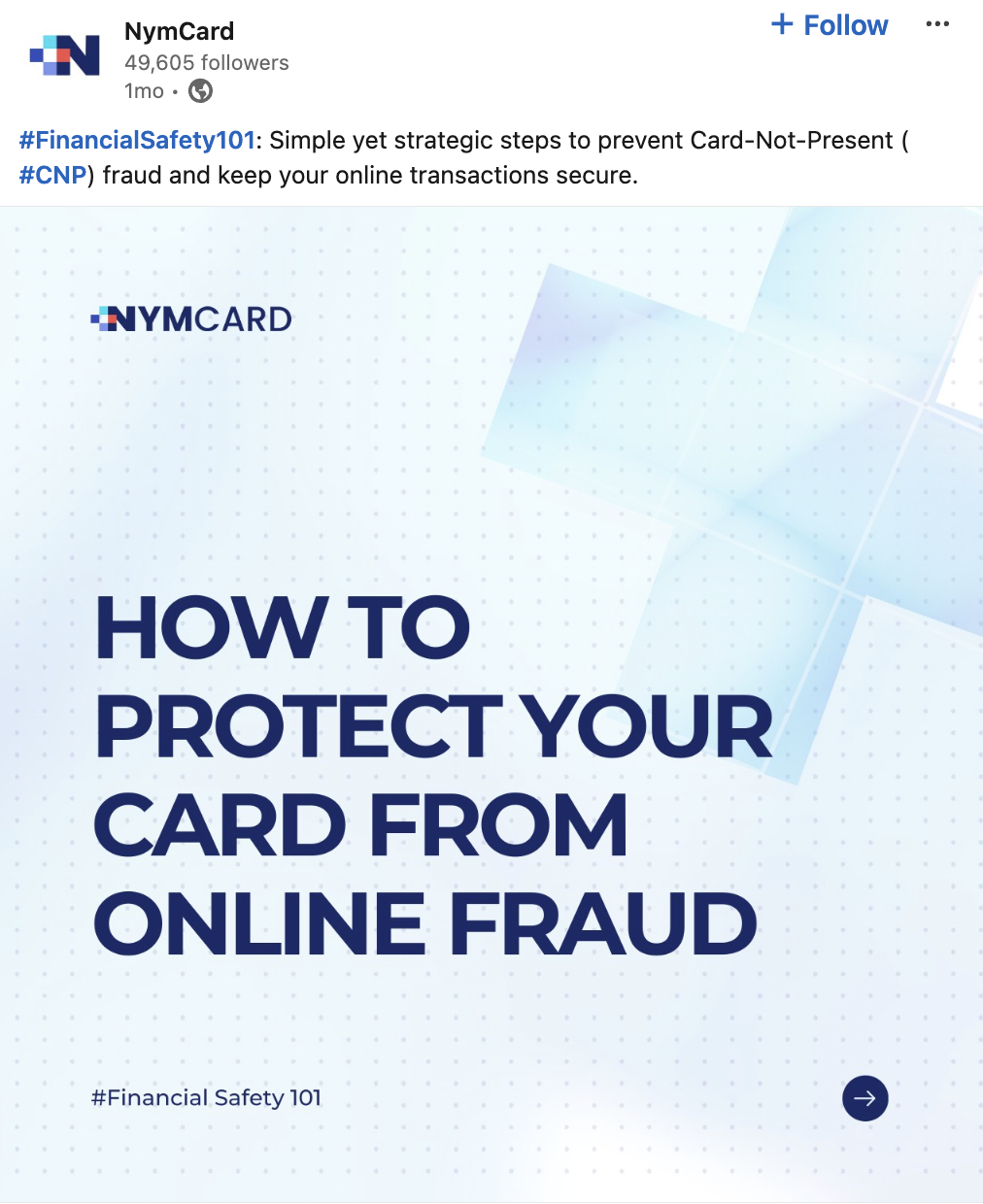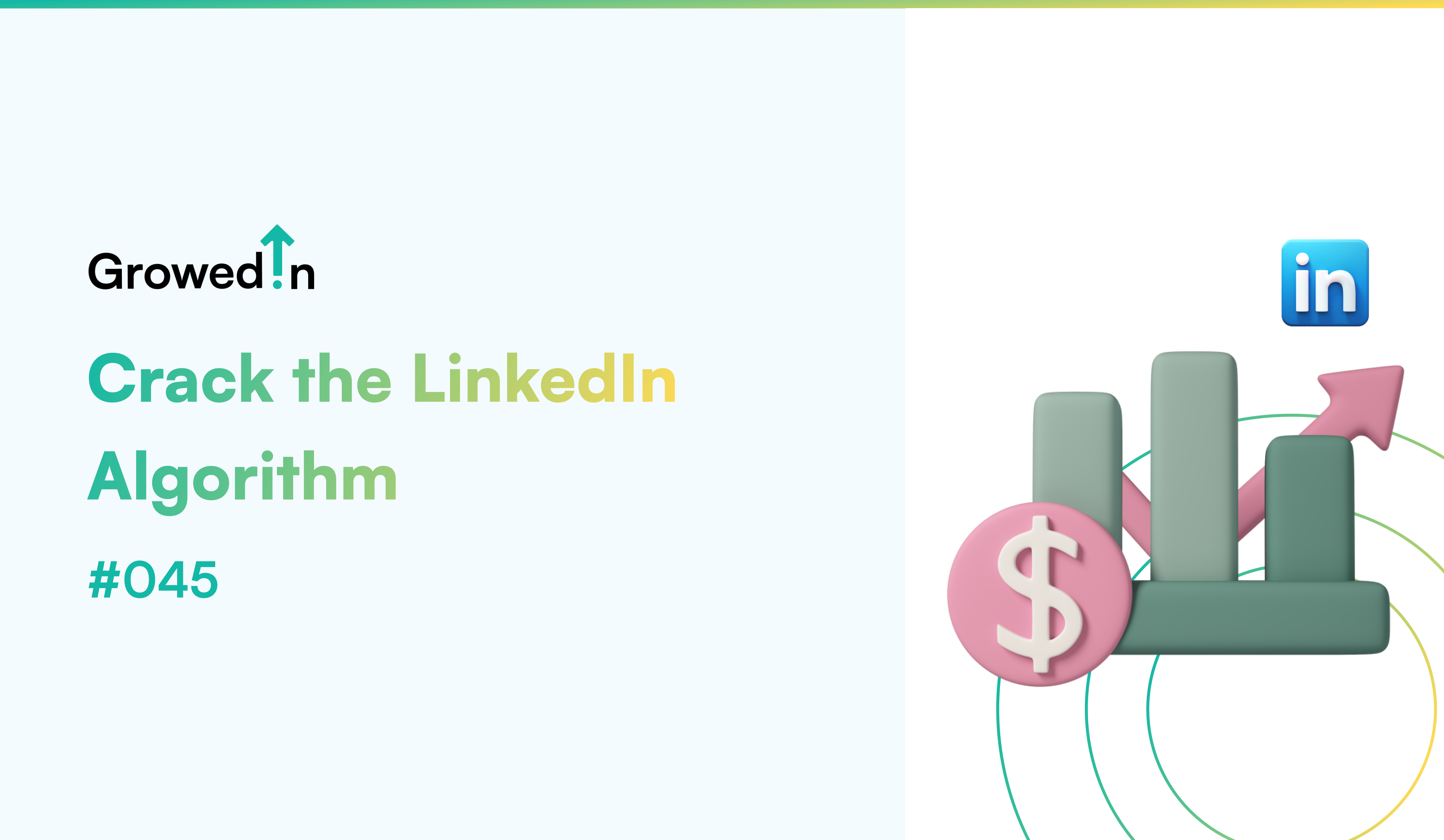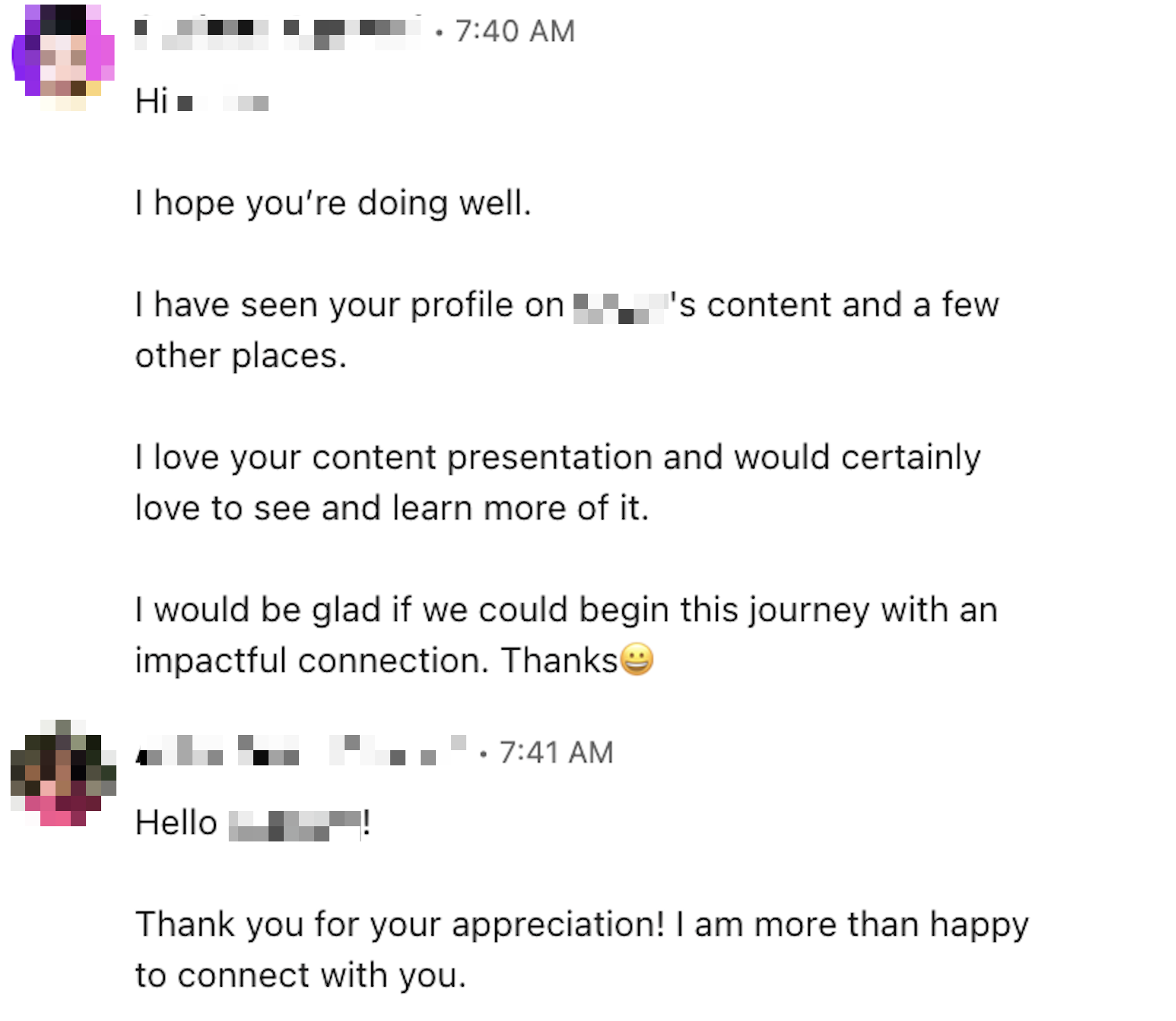#029 - LinkedIn Connection Request vs. LinkedIn InMail
The beauty of LinkedIn is that you can reach out to 2nd and 3rd-degree connections more easily than on all other platforms, including email. You have two options:
1. Send a connection request
2. Send an InMail
Each option has its pros and cons. So, which one should you choose? Let's break it down.
How Do Connection Requests Work?
Sending a connection request allows you to invite 2nd and 3rd-degree connections to join your LinkedIn network, making them your 1st-degree connections. Once they're part of your 1st-degree network, you can send them direct messages and they can see your posts in their LinkedIn feed.

How Do InMails Work?
To use InMails, you need a premium account (LinkedIn Premium, Sales Navigator, or Recruiter). With InMails, you can directly message people without sending a connection request first.

Connection Requests
Advantages:
1. This is the main advantage of connection requests: once they are accepted, people will see your LinkedIn posts in their feed. Sending a connection request grows your network.
If you publish on LinkedIn to create awareness and generate inbound leads, connection request is the way to go.
2. Connection requests feel less salesy compared to InMails. It's similar to connecting with a friend or colleague.
Disadvantages:
1. When you send a LinkedIn connection request, it doesn’t land directly into the inbox. It lands into the connection request tab. There are 2 disadvantages to this.
First, you are limited to 300 characters in a note. Second, the preview of your note is limited to a few characters. Most people won’t have the time nor the curiosity to click on “See more” and read your message.
2. LinkedIn recently reduced the number of connection requests you can send from 700 to 100 per week. With LinkedIn InMail invite, you can’t send notes, but you can send up to 500-700 connection request per week.
InMails
Advantages:
1. The main benefit of InMail is to skip the connection request step to land directly in the inbox of your 2nd and 3rd degree connections.
2. Unlike the connection request, the prospect sees the entire message when an InMail is opened.
Disadvantages:
1. You need to buy InMail credits, which requires a premium LinkedIn account.
2. You can’t send InMail follow-ups You have only one change to get a reply, so you need to work hard on your copywriting because you won’t get a second chance.
LinkedIn does that to prevent spamming. That’s why you shouldn’t choose between InMail and connection request but use both.
A Better Way Out
The best strategy is to use both connection requests and InMails to maximize your reach and response rate. Here’s a step-by-step approach:
1. Send a Connection Request Without a Note: This looks more natural and less salesy.
2. If Accepted, Send a LinkedIn Message: You can then engage them directly.
3. If Declined, Send an InMail: This ensures your message still reaches their inbox.
By using both methods, you can expand your network and improve your chances of connecting with potential prospects.
What do you prefer – Connection requests or InMails?


















.png)





















































































































































































































